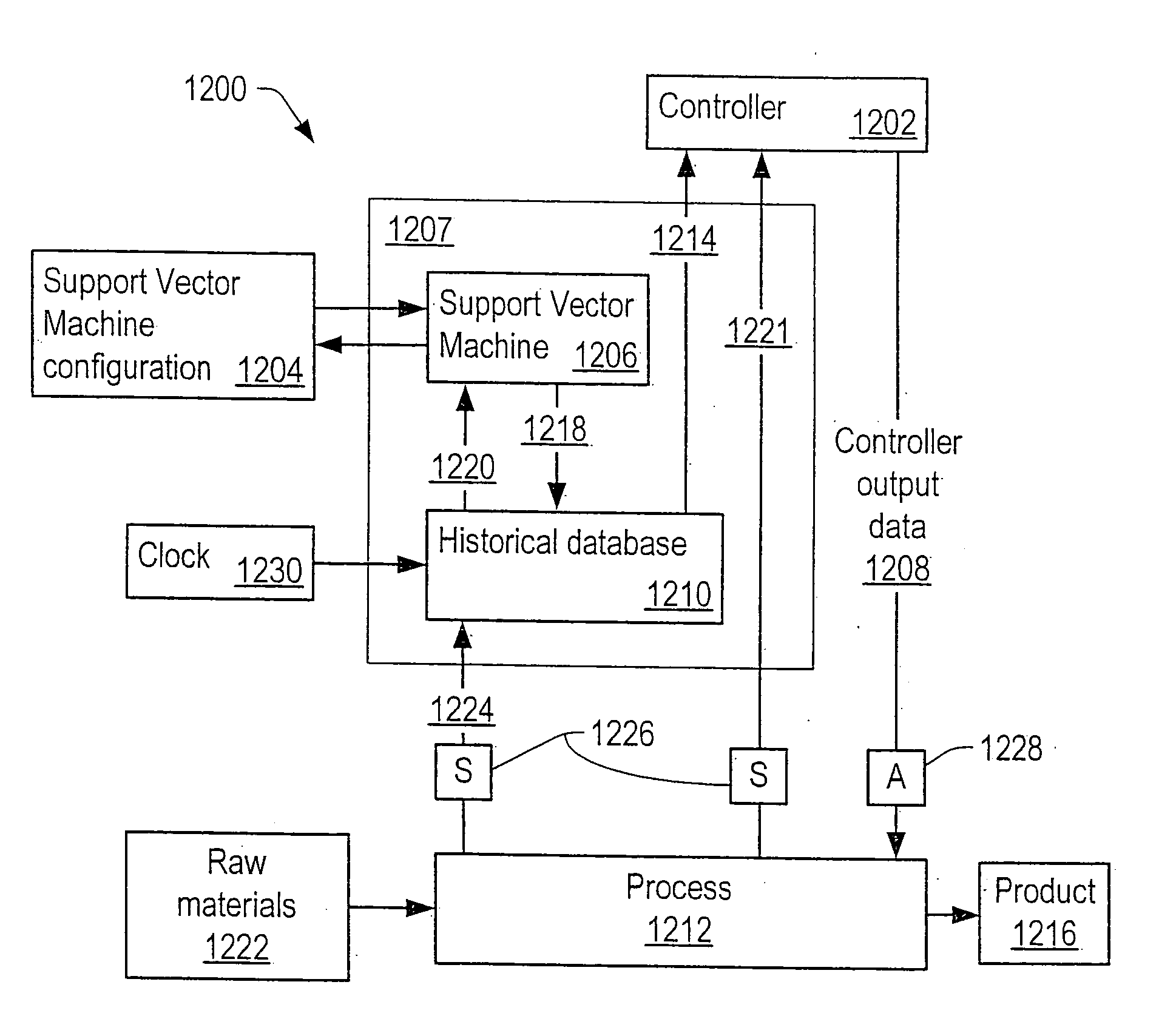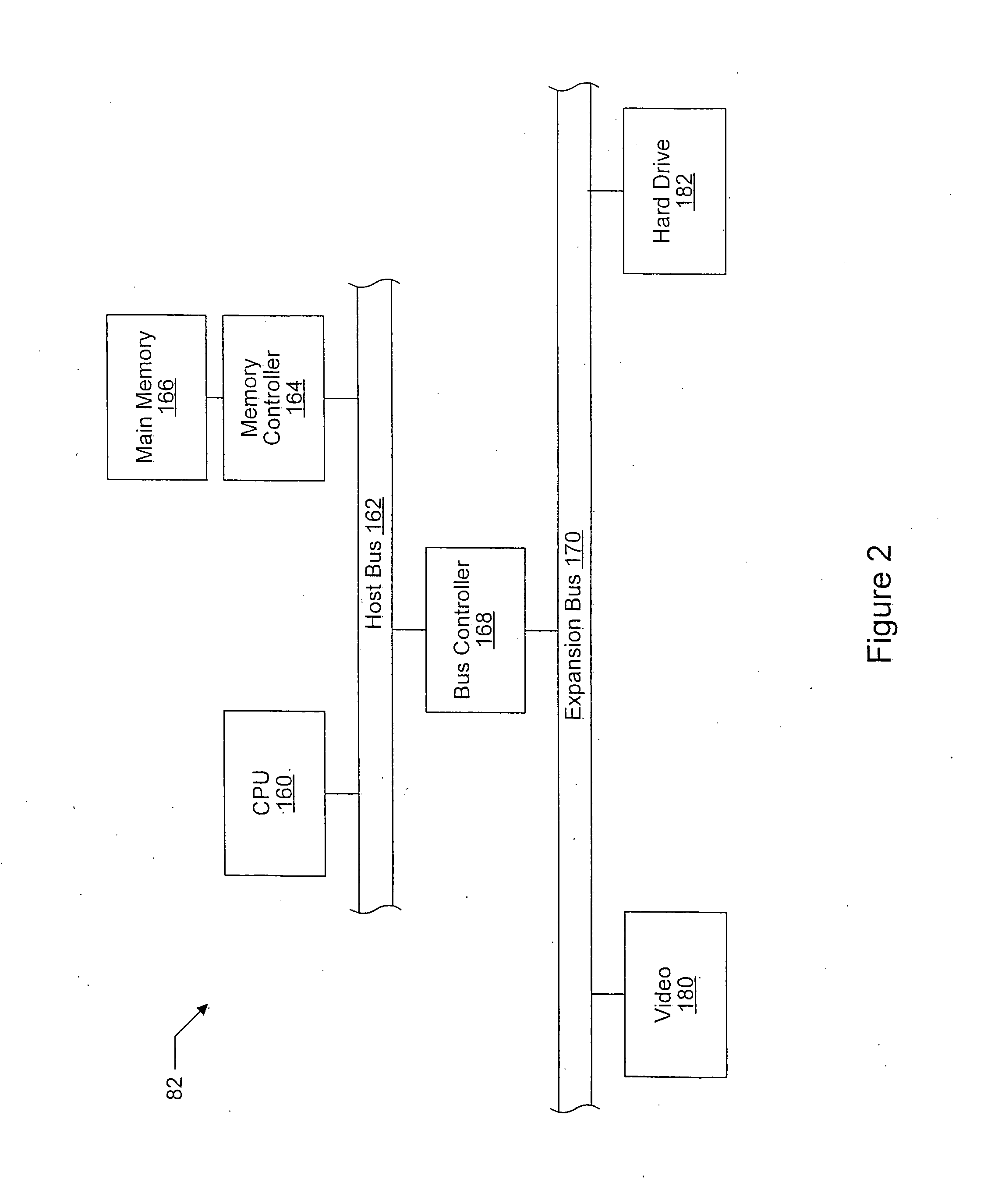The resulting error is often used to adjust weights or coefficients in the model until the model generates the correct output (within some error margin) for each set of training data.
Improper
process control may result in a product that is totally useless to the user, or in a product that has a lower value to the user.
When either of these situations occurs, the manufacturer suffers (1) by paying the cost of manufacturing useless products, (2) by losing the opportunity to profitably make a product during that time, and (3) by lost revenue from reduced selling price of poor products.
One motivation for this is that such
automation results in the manufacture of products of desired product properties where the manufacturing process that is used is too complex, too time-consuming, or both, for people to deal with manually.
Such measurements may be sometimes very difficult, if not impossible, to effectively perform for
process control.
Typically, the measurement of such product properties 1904 is difficult and / or
time consuming and / or expensive to make.
However, such measurements may be unreliable.
Furthermore, such measurements may also be slow.
But oftentimes
process conditions 1906 make such easy measurements much more difficult to achieve.
For example, it may be difficult to determine the level of a foaming liquid in a vessel.
Moreover, a corrosive process may destroy measurement sensors, such as those used to measure pressure.
As stated above, the direct measurement of the
process conditions 1906 and the product properties 1904 is often difficult, if not impossible, to do effectively.
Such conventional computer models, as explained below, have limitations.
Conventional computer fundamental models have significant limitations, such as: (1) They may be difficult to create since the process 1212 may be described at the level of scientific understanding, which is usually very detailed; (2) Not all processes 1212 are understood in basic
engineering and scientific principles in a way that may be computer modeled; (3) Some product properties 1904 may not be adequately described by the results of the computer fundamental models; and (4) The number of skilled computer model builders is limited, and the cost associated with building such models is thus quite high.
These problems result in computer fundamental models being practical only in some cases where measurement is difficult or impossible to achieve.
This is very difficult to measure directly, and takes considerable time to perform.
However, there may be significant problems associated with computer statistical models, that include the following: (1) Computer statistical models require a good design of the model relationships (i.e., the equations) or the predictions will be poor; (2) Statistical methods used to adjust the constants typically may be difficult to use; (3) Good adjustment of the constants may not always be achieved in such statistical models; and (4) As is the case with fundamental models, the number of skilled
statistical model builders is limited, and thus the cost of creating and maintaining such statistical models is high.
Some of these deficiencies are as follows: (1) Product properties 1904 may often be difficult to measure; (2)
Process conditions 1906 may often be difficult to measure; (3) Determining the initial value or settings of the
process conditions 1906 when making a new product 1216 is often difficult; and (4) Conventional computer models work only in a small percentage of cases when used as substitutes for measurements.
However, in current implementations, training, and uses of support vector machines, such known attributes have not heretofore been included in SMV model formulations or training.
 Login to View More
Login to View More  Login to View More
Login to View More 


